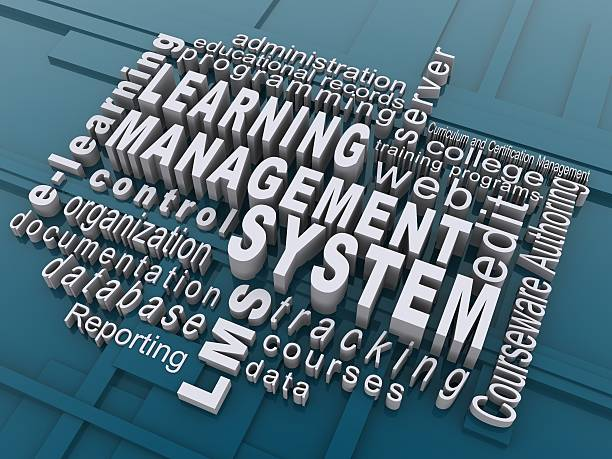What does the learning management system feature?

Index Of The Blog
A learning management system (LMS) is a software application used for documentation, administration, reporting, tracking, training programs, automation, and delivery of educational courses or learning and development programs.
The learning management system concept made an appearance directly from e-Learning. Learning Management Systems make up the utmost segment of the learning system market. Let us discuss learning management system features. The first Leading Management System was introduced in the late 1990s.
What is the purpose of a learning management system?
There are many benefits of using an LMS, like security and cost reduction. The main aim of a learning management system is eLearning initiatives in one place and deliver and track learning. Another benefit that is confined to the purpose of an LMS is that learning professionals can use specific data elements to make certain that individual learners are meeting the desired learning objectives. As every instructor knows, their learners will have different struggles and achievements in any traditional or eLearning course.
To increase learner adoption, one should possess the ability to leverage key data elements that are analyzed and tracked within a learning management system. This point is mainly important for organizations operating in a highly regulated industry or high-consequence industry such as oil and gas aviation, pharma, healthcare, nuclear, and finance. Providing staff with the demanded tools and providing them with the knowledge to succeed while remaining compliant is highly important.
What is the Difference Between an LMS and an LXP?
Although the distinction gets underway to blur, the main difference between an LMS and an LXP is that an LMS is fundamentally designed to house, track a company’s training, and deliver content, among other learning opportunities. A Learning Experience Platform (LXP) is used for administering and aggregating learning content to design a more personalized learning experience, often empowering learners to create and share their knowledge.
In an LMS, often, the content is in control by an administrator, mostly the instructor or someone on the leadership, HR teams, or L&D. The administrator is accountable for uploading courses into an LMS and making them accessible to learners. Primarily, the administrator has complete omission and control of the content within the LMS.
An LXP, on the other hand, permits everyone to help curate content. For case in point, an L&D or HR professional can transmit training materials in the same way a field technician may add on a training video. LXPs have been built to accumulate content, making sure that any content deemed valuable by numerous members of the team has a place to live.
LEARNING MANAGEMENT SYSTEM: FEATURES
Managing users, courses, and roles
The best learning management system features can be used to create professional structured course content. The teacher can add text, videos, tables, images, pdfs, links, interactive tests and text formatting, slideshows, etc.
Moreover, you can create different types of users, such as students, parents, teachers, visitors, and editors. It helps in controlling the content a student can access, and engaging students with contact tools, and tracking studying progress. Teachers can manage the modules and courses, enroll students or set up self-enrollment, see statements of students and engage the students in their online classes.
Online assessment and tracking students’ attendance:
A learning management system can enable teachers to create customized tests for students which are accessible and are submitted online. These platforms allow different kinds of multiple question types, such as one line or multiple line answer, drag-and-drop order, multiple-choice answer, true or false/yes or no, essay type questions, fill in the blanks, offline tasks, and agreement scale.
Some LMSs also allow access for attendance management and integrating with classroom training, and administrators can view attendance and records of whether or not a learner attended, missed classes, or arrived late.
User feedback
Students’ exchange of feedback both with peers and their teachers is feasible through LMS. Teachers may create discussion groups to allow students to say how they feel about the class in the form of feedback which increases the interaction in the course.
Students’ feedback is an instrument that helps teachers to improve their work, identify what they want to add or remove from their courses, where students feel more comfortable and where they are uncomfortable, and what makes them feel more included.
Hosting options for maximum security
Notwithstanding the LMS vendor, there should be data security protocols that are set up to ensure the company’s sensitive information is safe. Single-tenant solutions can provide workability and security to train learners while reducing the risk of data violation.













